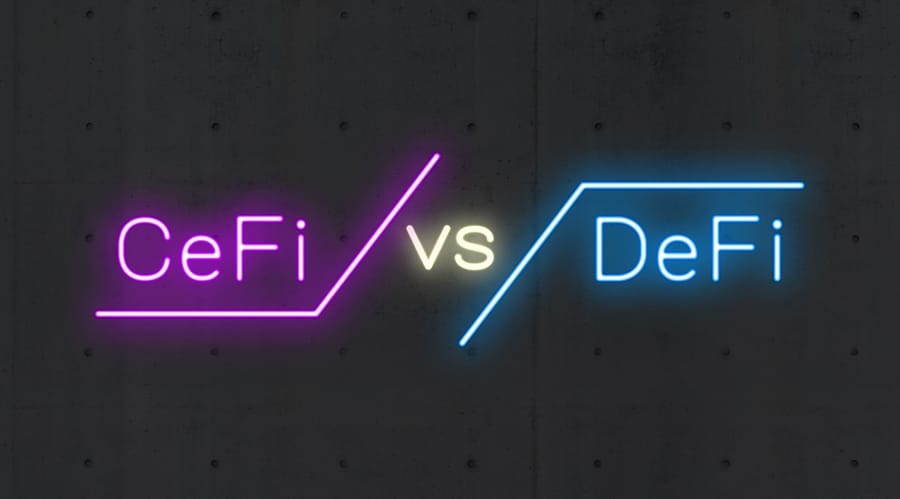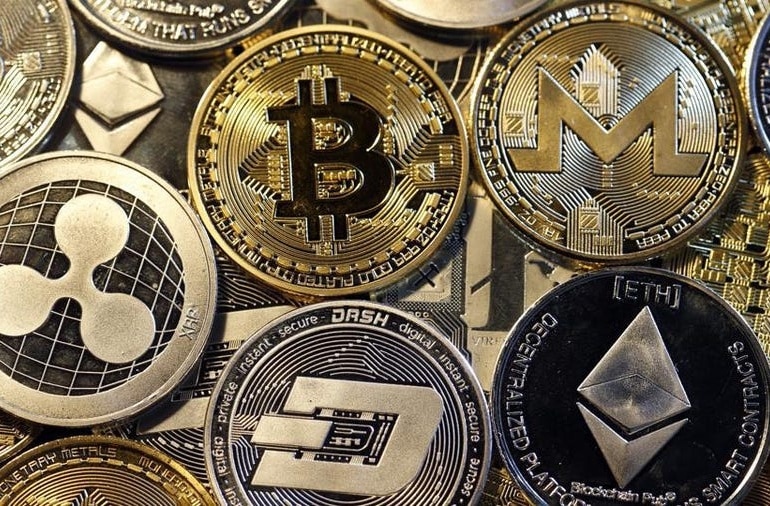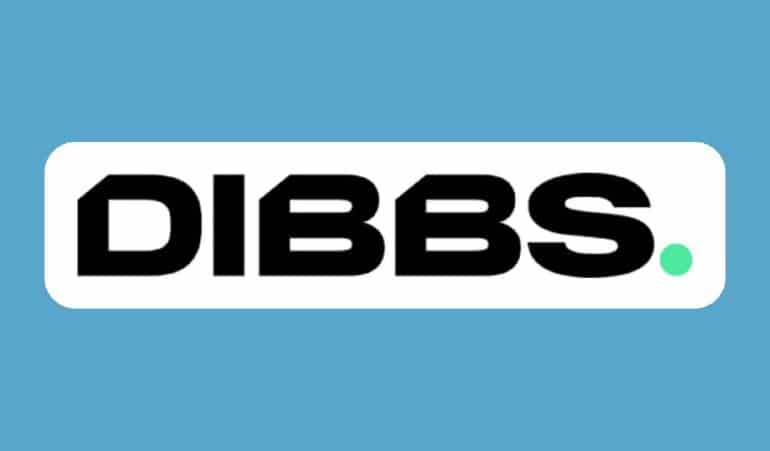Decentralized Finance (DeFi) is receiving prominence as Web3, Blockchain, Smart Contracts, and Cryptocurrency gain popularity. DeFi revolutionizes financial instruments.
DeFi functions on a decentralized infrastructure powered by Blockchain, whereas the old financial system was centralized and controlled by government agencies and intermediaries (mainly Ethereum). Programmers may create customized, secure banking systems for anybody with a computer and internet connection.
DeFi is the new frontier because it allows millions without access to traditional financial systems (more than 1,700 million people globally are unbanked) to manage their finances and transact with anyone – thanks to decentralization, promoting equal opportunities and unprecedented economic growth.
About Traditional finance,
Traditional finance, abbreviated as “TradFi,” consists primarily of conventional banks. The Bank of England was established in 1694 to manage the gold brought into the nation by visiting merchants. It was cumbersome to carry gold about, leaving one open to assault or mugging. The ability to keep their cash safe and secure while doing business made a lot of sense to businesspeople. People in the industry received a receipt for their gold, which they could redeem for money when they left the country.
The bank also understood that they could benefit from the gold moving through their vaults. The bank would lend out people in business gold in exchange for an interest rate on their deposits if they did not return to retrieve it after a while. It made perfect sense for the businesspeople to approve of the bank doing this since it was a passive source of money for them.
People in business found it more straightforward to conduct transactions with the receipts for their gold over time than with real gold. The receiver could claim the quantity of gold specified on the receipt thanks to the bank-distributed document. This marked the introduction of paper money backed by gold and issued by governments in proportion to their gold reserves. But as history has often shown, this financial infrastructure has fostered greed and dishonesty by undermining a country’s currency. This occurs when the volume of paper produced exceeds the amount of gold that is kept in storage.
About Defi Finance
The term “decentralised finance” refers to a financial system in which users interact with one another using a public blockchain and software built on top of that blockchain. To encourage or speed up the development of a decentralized financial system, it is necessary to build new financial services and products on top of a blockchain.
DeFi’s mission is to shake up the banking sector by providing an alternative to traditional financial intermediaries and decentralized organizations like banks.
DeFi puts the power in the hands of its users by using a suite of adaptive technologies. Because it improves functionality and reduces operational risks, the new trend is a suitable replacement for the current financial system.
As of 2018, decentralized finance was gaining momentum as an alternative to the current economic system after 15 Ethereum-based projects collaborated to develop an independent, secure, and open financial system. The DeFi movement was first supported by MakerDao, Origin Protocol, and Paradigm.
Compare table of Traditional Finance, DeFi
| Services | Conventional Banking | DeFi |
| Commercial Banks | The fundamental building blocks of a functional financial system are borrowing and lending. Commercial banks’ primary activities include taking deposits from customers and disbursing loans to such customers. Fund holders are encouraged to help the markets by supplying liquidity; they may profit from their unproductive assets. | DeFi protocols make it possible to borrow or lend money on a wide scale between unidentified individuals and without the need for middlemen for the first time. These programs connect borrowers and lenders and automatically determine interest rates based on supply and demand.
It is because of borrowing and lending protocols like Compound that DeFi apps have recently become so popular. Unlike typical lending, DeFi loans are secured by excessive collateral. However, organizations like Aave are attempting to make it possible to take out uncollateralized loans, just as in traditional banking. |
| Investment Banks | Investment banks’ business models often include financial transaction advisory services. Investment banks are also responsible for managing assets and developing or trading complicated financial instruments. | Similar items are currently available via DeFi protocols. For example, a derivatives issuance system like Synthetix enables the decentralized generation and trading of derivatives on assets like stocks, currencies, and commodities. Additionally, cryptocurrency decentralized asset management is developing. For instance, Yearn Finance is an autonomous protocol that automatically invests money for its customers while looking for the greatest returns in the DeFi market. |
| Exchanges | Different assets, such as stocks or foreign currencies, are organized between two or more market players using an exchange function. | The centralized exchanges (CeFi), such as Binance and Coinbase, provide the ability to exchange one cryptocurrency unit for another.
Holders of cryptocurrencies no longer have to leave the crypto realm in order to trade their tokens, thanks to the introduction of decentralized exchanges (DEX). Uniswap is a well-known example of a DEX. A DEX comprises smart contracts that maintain liquidity reserves and operate according to predetermined pricing algorithms. Such automated liquidity procedures are essential for creating a decentralized economy that is independent of CeFi middlemen. |
| Insurance | Insurance’s primary purpose is to mitigate risk and provide market participants with security. | Nexus Mutual, which provides insurance that covers smart contract faults, is an example of decentralized insurance. Given that DeFi is entirely reliant on smart contracts, users of DeFi are in danger of smart contract vulnerabilities. Although decentralized insurances are still in their infancy, more advanced insurance models may eventually emerge in the DeFi domain. |
| Central Banks | Implementing monetary policy and managing the money supply are the responsibilities of central banks, which are often tasked with preserving low inflation and stable GDP growth. Central banks impact interest rates and participate in open market activities to manage the cost of borrowing and lending throughout an economy. | Stablecoins operate on blockchain protocols with the concept of price stability built right in and act as a reserve currency as a result. The creation of stablecoins laid the groundwork for a decentralized financial system that operates smoothly by allowing members to interact without being exposed to the risk of price fluctuation. A cryptocurrency may acquire price stability in one of three ways.
1) By tying a currency to other assets, stablecoins may attain high levels of price stability. For instance, a genuine US dollar is kept in reserve for each unit of USD coin that is minted. 2) From the standpoint of decentralized finance, issuing stablecoins while utilizing other cryptocurrencies as collateral is another intriguing strategy. Maker DAO, which creates the DAI cryptocurrency and uses its algorithm to keep the value of 1 DAI close to the value of 1 US Dollar, is a main protocol for the DeFi stablecoin ecosystem. 3) More innovative methods try to provide pricing stability without collateral. For instance, the Ampleforth protocol dynamically modifies the token supply depending on demand. |
Conclusion
Though widespread use of digital ledger technology in the international monetary system is still in its infancy, the promise it holds is undeniable. Decentralized banking has the ability to utterly revamp the banking sector at a time when data and privacy security fears are on the increase.
There is great potential for DeFi since it has the potential to make traditional banking accessible to a massive population in need.
Several obstacles, including those of scalability, security, liquidity, and legislation, must be surmounted before decentralized finance can take the place of the present financial system.
***





